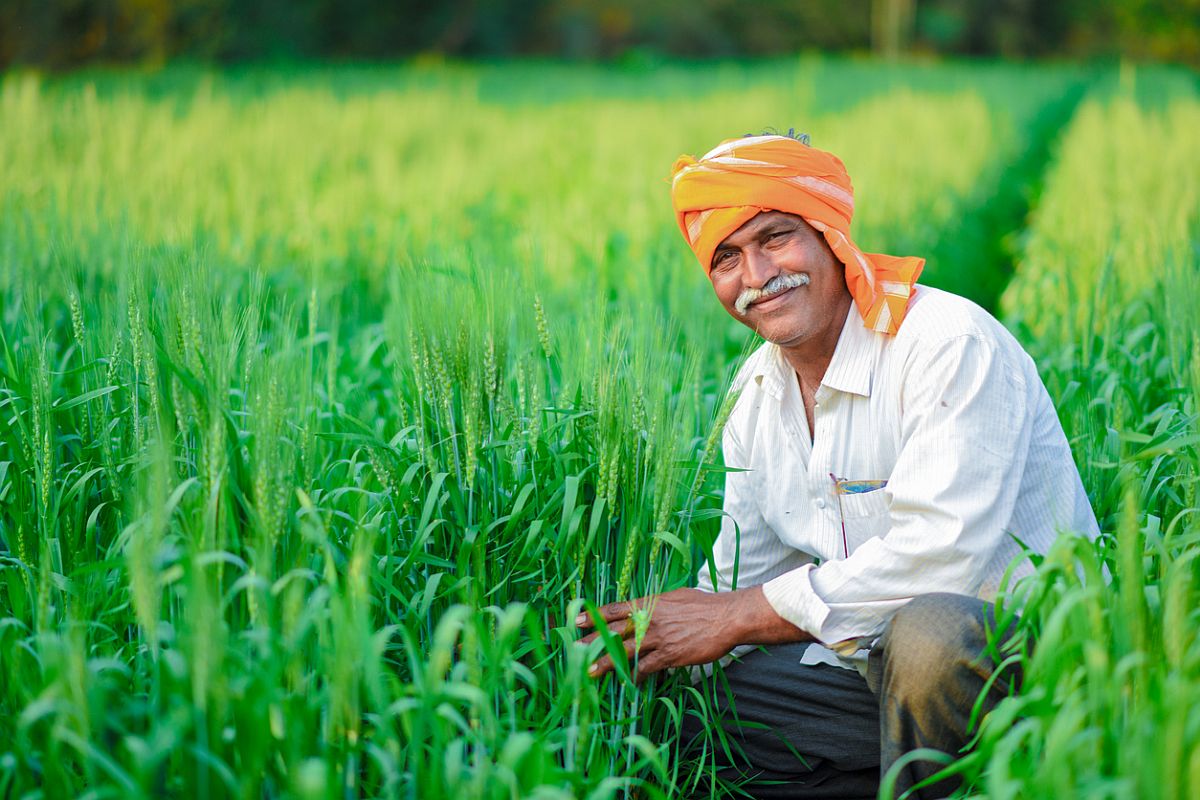New Delhi: In 2016, the government launched the National Agriculture Market (e-NAM), a digital platform that allows farmers to sell their produce transparently to many buyers across various markets online.
To expand farmers’ access to online markets, the government has also connected Farmer Producer Organisations (FPOs) to platforms like e-NAM, the Open Network for Digital Commerce (ONDC), and the Government e-Marketplace (GeM).
According to research published by the Reserve Bank of India (RBI) in their Working Paper series, farmers receive only a small portion of what consumers pay. For instance, farmers earn about 33% of the retail price for tomatoes, 36% for onions, and 37% for potatoes. Another study found that in the fruit market, farmers get roughly 31% for bananas, 35% for grapes, and 43% for mangoes. Low farmer earnings are due to factors like multiple middlemen, high marketing costs and margins, and the perishable nature of the produce.
Apart from boosting farm output, the government is also focusing on improving the marketing of agricultural products and reducing losses after harvest, to help farmers get better prices.
The Agriculture Infrastructure Fund (AIF) is supporting cold storage facilities in agricultural export hubs and at the farm level. These facilities help reduce wastage and increase farmers’ earnings. The fund supports small and marginal farmers, large businesses, APMCs/mandis, cooperatives, entrepreneurs, SHGs, and PACS in building cold storage chains, which often include grading, sorting, and packaging units. As of 30 June 2025, 2,454 cold storage projects have been approved under AIF, with a total sanctioned amount of ₹8,258 crore.
Additionally, under the Mission for Integrated Development of Horticulture (MIDH), the government offers financial help for activities aimed at improving the horticulture sector and cutting down harvest and post-harvest losses. Support is available for setting up pack houses, integrated pack houses, cold storage, refrigerated transport, and ripening chambers. This scheme is demand-based and offers a back-ended subsidy: 35% of the project cost in general areas and 50% in hilly and scheduled areas. These subsidies are provided through State Horticulture Missions (SHMs).
This information was shared by Ramnath Thakur, Minister of State for Agriculture and Farmers’ Welfare, in a written reply in the Lok Sabha on Tuesday.


